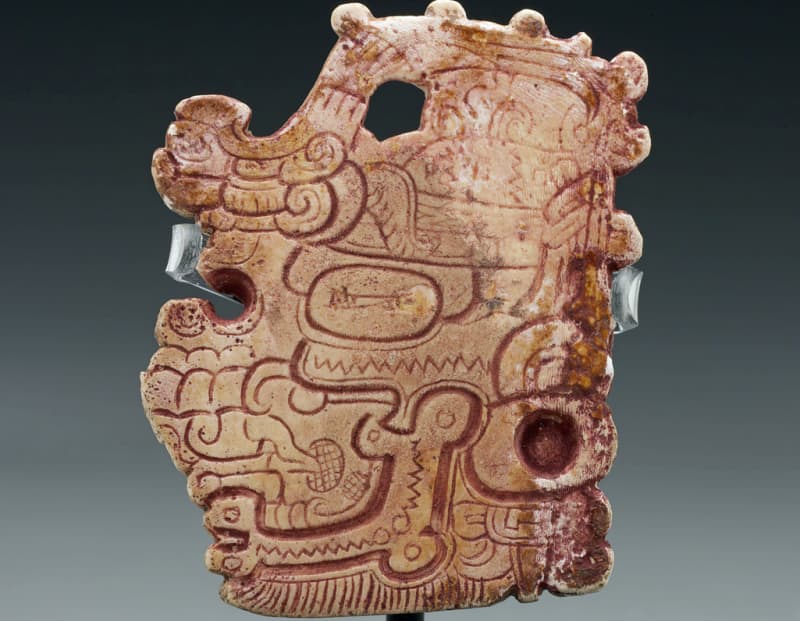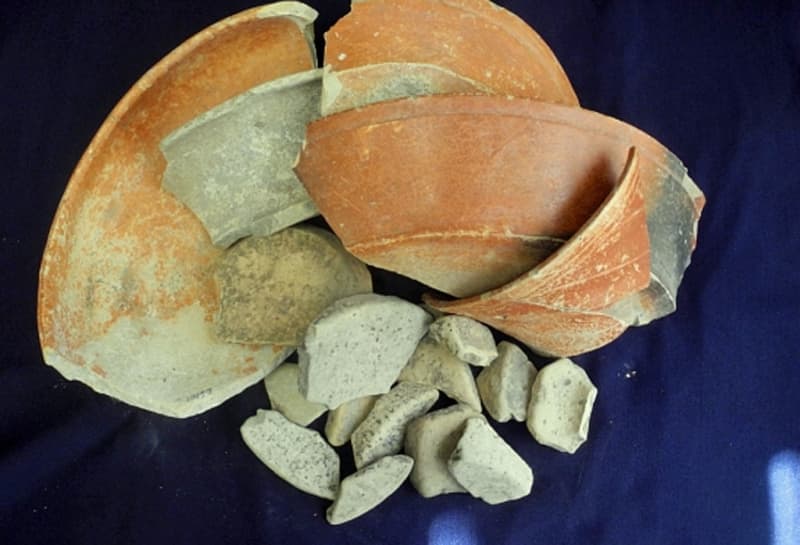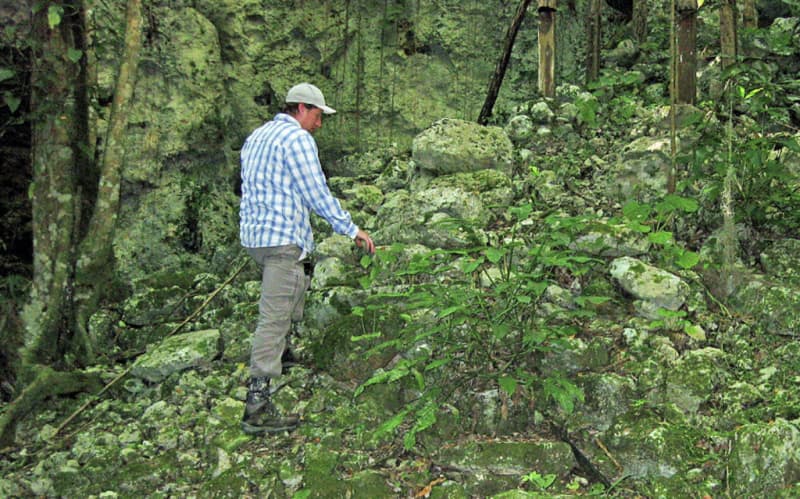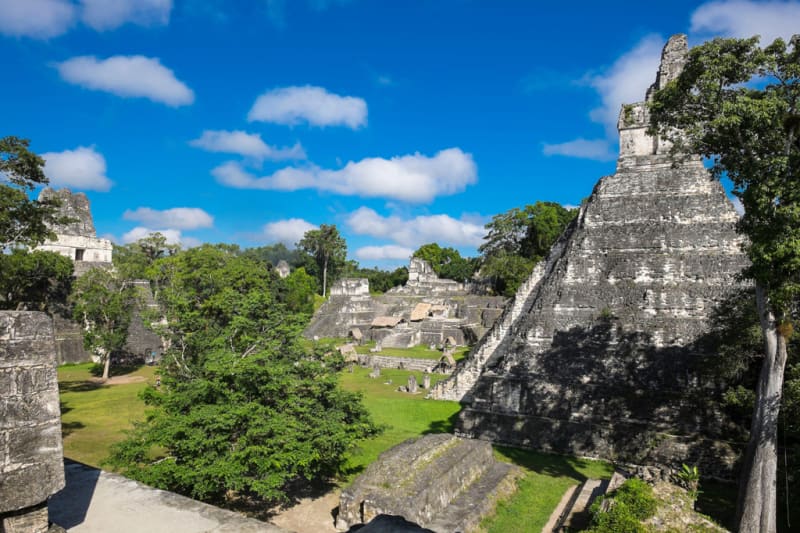Recent studies have also revealed new information about the importance of cocoa to the Mayans. According to the researcher, a large part of what we thought we knew about the Mayan culture is becoming new in general.
Wars between city-states, overpopulation and drought – they have been concluded to be the main reasons why the Mayan high culture that flourished in the area of \u200b\u200bpresent-day southern Mexico and the northern parts of Central America faded away.
However, there is no sure explanation. The end of the era could have been the sum of many other factors. One was perhaps the change of trade routes, the other was the deterioration of the environment for reasons other than the long-lasting dry seasons.
According to the study, mercury concentrations in the soil of some ruined cities still exceed the safety limits many times over.
Exposure to mercury, especially during the fetal period or as a baby, is dangerous for the body, especially for the brain and nervous system. The researchers wondered if the consequences of the mercury were another nail in the coffin of the high culture of the Maya Classic period.
– Much of what we thought we knew about the Mayans is being rapidly rewritten in this century, says Cook.
Magic treatment for many ailments
According to the study, the contamination of the soil of the ancient Mayan cities was caused by the long-term use of the red dye obtained from cinnabar ore. It exposed the Mayans to mercury.
In nature, mercury is usually bound to minerals, and then there is no danger. It’s different when a person intervenes in the game. Mercury released into the environment does not disappear from the food chain for thousands of years.
Mercury has been used in different parts of the world for thousands of years as a medicine for many ailments, especially skin diseases and syphilis, which raged in the 15th century. Many other evils have also been believed to be warded off by the metal, which no doubt seemed magical because it is liquid even when cool and moves according to the temperature in front of the eyes.
In Finnish folklore, mercury has been relied on, among other things, to cure scabies and cataracts and to drive away lice. It is believed that a broken bone can be repaired with a mercury drop and the face can be beautified with a few drops of mercury in spring water.
The individual could suffer from such treatments, but the actual environmental poison from mercury came when it started to be manufactured on a large scale during industrialization.

Mercury in cinnabar can be separated from sulfur by heating the crushed ore in a stream of air, whereupon the mercury vaporizes and can be concentrated for recovery.
This kind of smoking is an ancient technology, but no evidence of it has been found in the traces of the ancient Maya. They also did not use metal objects. Bladed weapons were made of flint and lava glass. In Europe, metal objects preceded the ability to produce mercury, based on archaeological findings.
Even so, analyzes have found so much mercury in the soil of some Mayan cities that field archaeologists have been advised to wear protective clothing.
A couple of years ago, the University of Cincinnati in the United States published a study, according to which the Maya suffered from at least a lack of drinking water due to mercury.
The droughts of the 8th century pushed the population of the mighty city of Tikal to decline and eventually deserted the city. The research concluded that the end had come because the water in the four central water basins had become undrinkable due to mercury and blue-green algae.
The color of the blood was holy
When the Mayan culture flourished in the third century, the red pigment obtained from cinnabar was already in common use both as a powder and in paints. They were used to redden objects and paint walls, as well as in funerals and other rituals.
Mercury has also been found in containers, tunnels and buried in the ground.
In addition to roasting technology, however, the Mayans lacked the raw material of mercury and red dye. The limestone soil of their heartlands did not contain cinnabar ore.
It and its products must have been brought along trade routes from hundreds of kilometers away, although evidence of the trade has yet to be found.
Based on archeological research, the Olmecs of Central America started digging for cinnabar ore well over a thousand years before the beginning of our era.

The research material consisted of analyzes of soil samples from ten archaeological excavation sites from different parts of the Mayan lands. The samples come from the period of the classic Mayan culture from 250 to 1100.
Mercury was found in all samples except one area. Only the soil of Chan b’i, located in present-day Belize, proved to be pure.
The mercury concentrations of the samples varied from 0.016 ppm to as much as 17.16 ppm. Ppm means parts per million of a sample. The safety limit for mercury is currently defined as 1 ppm.
Chocolate for the poor too
From the poison that poisoned the Mayans to the prized drink they invented, cocoa. It has been assumed to have been a ritual drink of the elite, the use of which was closely guarded, as the remains of cocoa have previously only been found in luxury vessels at ceremonial sites and tombs.
The research material in the scientific journal PNAS was 54 pieces of pottery from different parts of the ancient Mayan city of El Pilar. Half of the pieces had the chemical fingerprint of cocoa.
Tracks were recovered from all kinds of housing and neighborhoods, not just from the tracks of the elite. The finds are from the city’s heyday between 600 and 900.

Scientists still don’t like cocoa as an everyday drink. It was part of the rituals, but based on new analyses, all classes of people could participate in the rites. Pots and bowls as well as plates seem to have been suitable for drinking cocoa.
– I realized that some of the compounds that we have been looking for as signs of the birth of life on Earth also work as cocoa biomarkers. We can find a needle in a haystack if we know what a needle looks like.
The alkaloids left on the inner walls of the shards – theobromine, caffeine and especially theophylline – were a sure sign of cocoa, says de Vries.
Ford discovered El Pilar on the Guatemala-Belize border in the 1980s and has since thoroughly studied the town, which has been inhabited for 1,800 years. At its peak, there were 20,000 inhabitants.

The combination of theobromine and caffeine proved to be an indisputable biomarker also in the US-Mexican study, which was published at the beginning of the year in the Journal of Archeological Science: Reports.
The climate in the northern parts of the Yucatan Peninsula is not in itself favorable for cacao trees. However, there are patches where humidity, lack of wind and shade combine in a way that archaeologists have concluded is the ideal microclimate for cocoa groves.
They took soil samples to analyze whether the ancient Maya might have agreed. Out of 11 prints, nine failed.
To be sure, some also had traces of ceremonies held with the power of cocoa, such as ruined altars. And be that as it may, among the sacrificial gifts were small cacao beans shaped out of clay.

